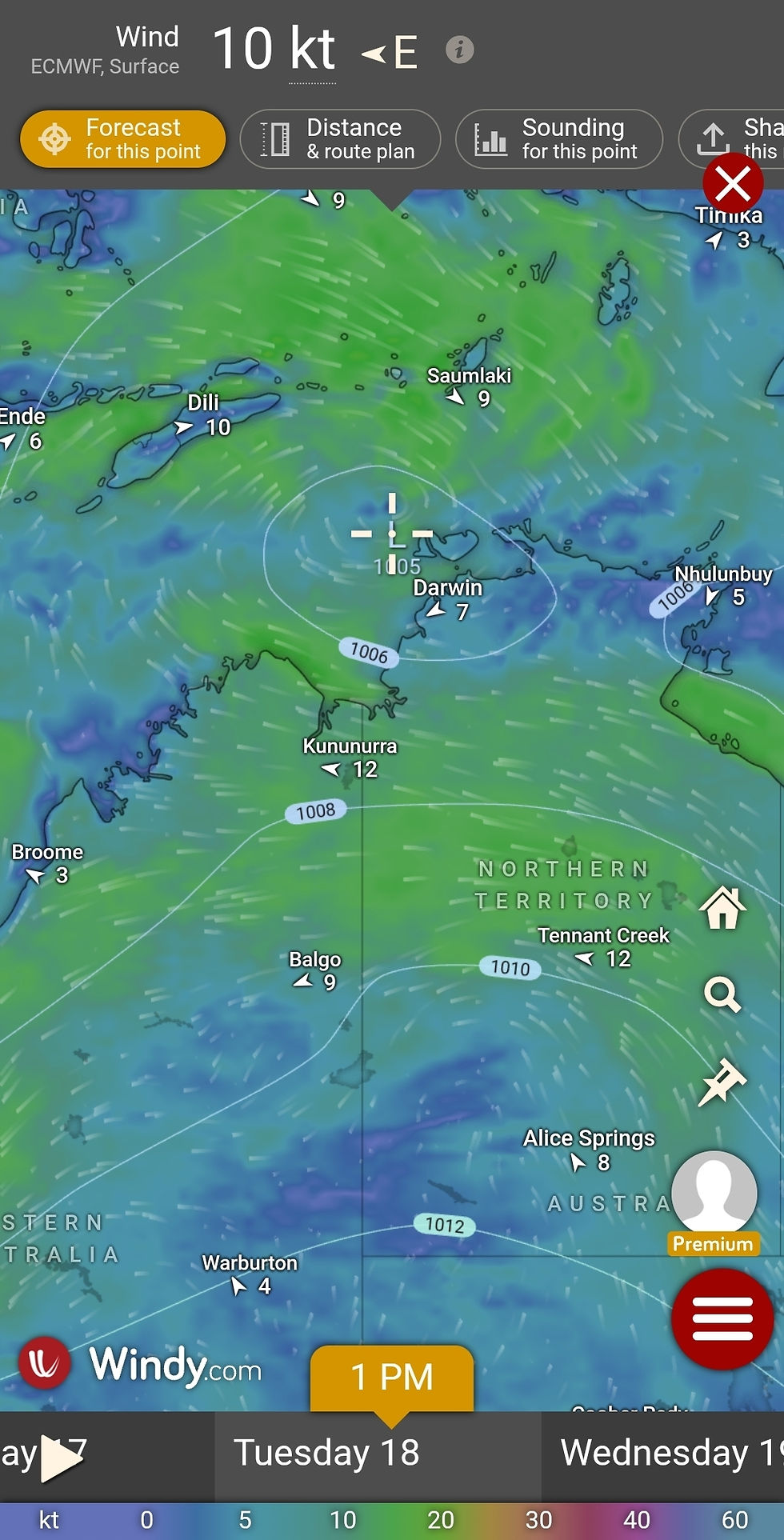When do we experience the monsoon in the NQ
- 6 days ago
- 2 min read
🚪 When the “gate” is open
Let’s say the MJO (that big equatorial conveyor belt of cloud and storms) is sitting over northern Australia or Indonesia — that means the tropics are switched on, with thick cloud and thunderstorms near the equator.
At the same time, a Rossby wave dips south across WA or the Timor Sea — this bend in the upper winds opens the gate, letting all that tropical moisture spill south-east toward the Gulf and the Coral Sea.
You’ll see it in the data and sky:
Satellite: broad cloud shield pushing down from Indonesia into the Gulf and across to Cape York.
Radar: showers and storms start popping up overnight near the coast and spreading inland.
Charts: the monsoon trough appears near Darwin or creeps toward the QLD coast, and upper-level winds turn north-westerly.
Ground level: Townsville, Ingham, and the Burdekin get muggy nights, low pressure, and bursts of rain or storms that keep rebuilding.
That’s when locals say the “wet’s firing up” — the MJO is active and the Rossby wave gate is open.
---
🚫 When the gate is closed
If the MJO is active but the Rossby wave ridge is sitting over northern Australia, the upper winds push the moisture away.
You’ll see clouds and rain north of the equator, but Townsville stays hot and dry — that’s a blocked gate.
---
💬 In short:
For NQ, forecasters know the gate’s open when:
The MJO pulse is nearby (phases 4–6), and
Upper winds swing northwest, cloud spreads down from Indonesia, and pressure drops along the coast.
That combo means the tropics are sending the goods, and the monsoon flow is aimed straight at us.
So when there is a lot of cloud around the equator or top of Australia, and the winds are blowing down from the equator to Australia, we get ideal conditions for monsoon events. Currently the ideal events are to the NW of the country.










Comments